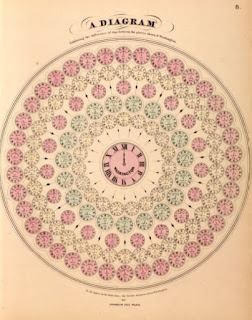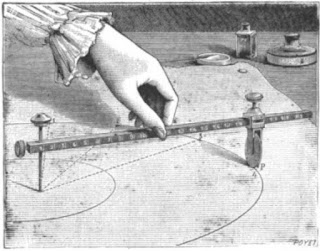This week, I saw an algebra student try to find the factors of 15 by repeatedly multiplying numbers by 2 to see if the result might be 15. I saw an advanced algebra student not remember how to simplify an expression using the order of operations. And I saw the lesson of two very experienced teachers fail miserably. (Full disclosure: the two teachers were me and my coteacher.)
But I also saw that algebra student excited to learn how to factor trinomials and differences of squares and know when she whether she was correct or not. I saw that advanced algebra student smile when he realized he could understand function notation and its relationship with a graph when he used his calculator to do the arithmetic. And I saw two experienced teachers put their heads together to create a lesson that engaged their students, and uncovered some of the reasons why the previous one failed.
Teaching is full of large and small disappointments as well as tiny joys and enormous wonder. And just like my students, sometimes I fail. And when a lesson designed for an 85 minute block fails, that's a long 85 minutes. Especially when you realize it's going off the rails in the first 15 minutes, and you keep scrambling to try to pull it together for the remainder of the block, but you keep failing for more than an hour. Wednesday was rough.
At the same time, Wednesday had many moments of joy, like the two students who learned how to factor and use function notation. It also included a group in one class becoming gleeful that they solved a problem unexpectedly by thinking about a different question. And another class all gathered in one corner of the classroom to learn the definitions of sine and cosine. (And I had forgotten about these last two moments until I was writing this post; it's not always easy to remember the good stuff when I'm trying to figure out where I went wrong.)
Anyway, my coteacher and I decided to revamp our thinking for Friday's lesson to figure out what went wrong on Wednesday. We started the lesson with a non-curricular puzzle at the white boards (NPVS's for those of you following along). The puzzle engaged the students, most groups came up with an answer they were happy with after a few trials, and four groups explained their solving process, two of them inventing notation to keep track of their work*. Clearly, the students have the ability to think, communicate with each other, and problem solve.
The class then moved the desks out of the way, and put the chairs in a large circle. We stood in a circle to acknowledge the power of seeing and hearing each other, which took a few minutes, as the kids were feeling a bit squirrelly, probably uncomfortable with the process. (Who wants to be seen and heard in a math class?!) After we sat down, my coteacher invited comments about how everyone thought the class was going. We had asked questions three weeks ago in this format about what everyone hoped for and what success would look like for them in class. This time, it was quiet for a moment, until one student asked if we really wanted to hear stuff, and could they be honest? We answered yes, and another student quickly started the conversation with "I don't feel like I'm learning anything in this class." And that opened the gates. We talked about all kinds of issues:
- We don't like the random groups every day.
- We do like the groups we sit with (which were self-chosen).
- We don't like working at the white boards.
- After we work at the white boards, we don't have enough time to practice.
- We don't know everyone's name.
- We spend too much time on get-to-know you activities.
- There's too much homework.
- We need a break during class.


























